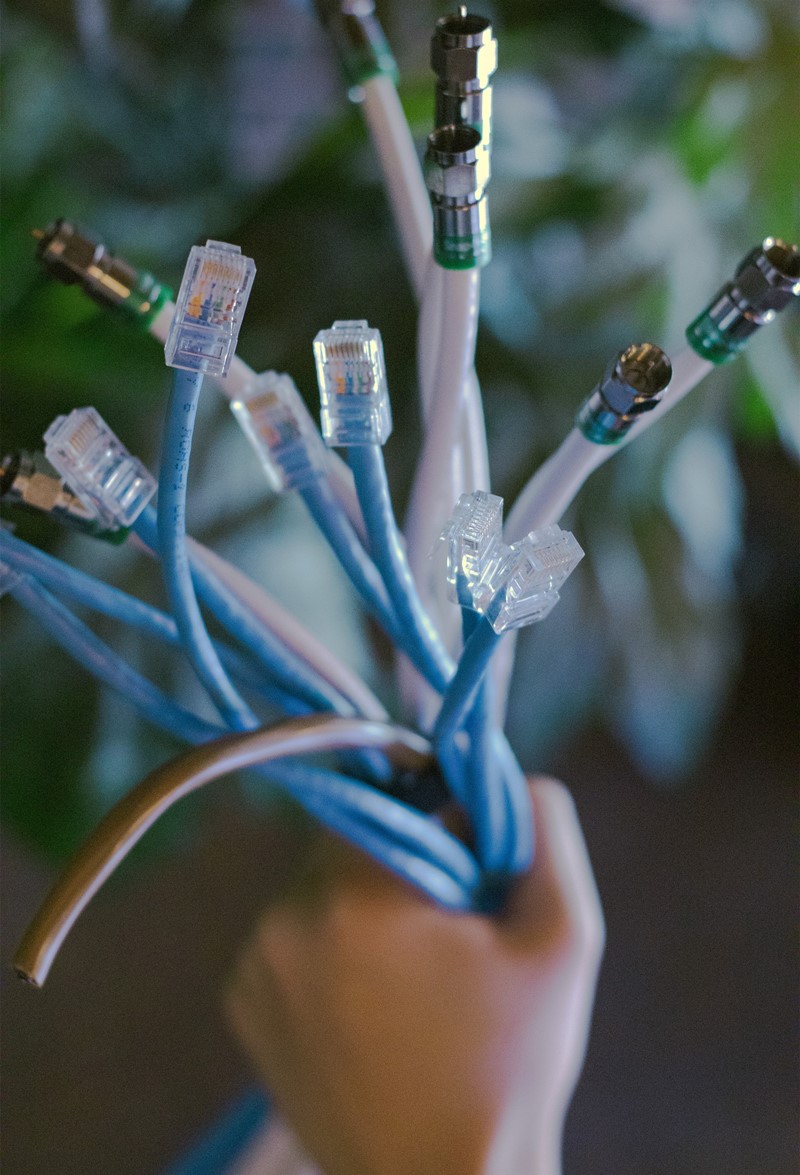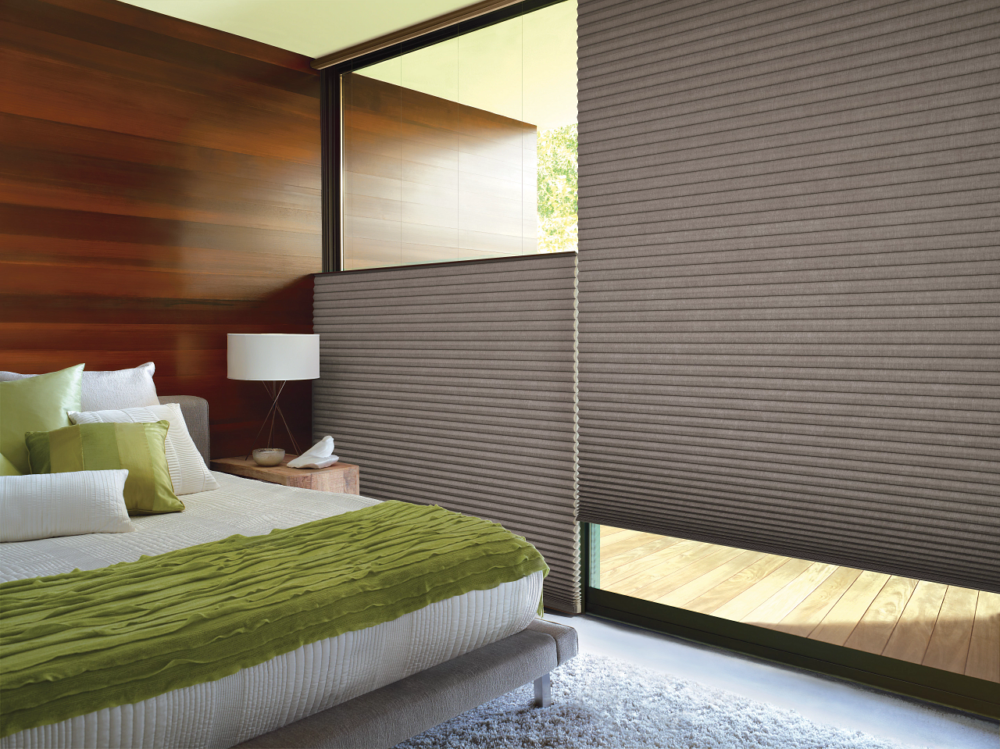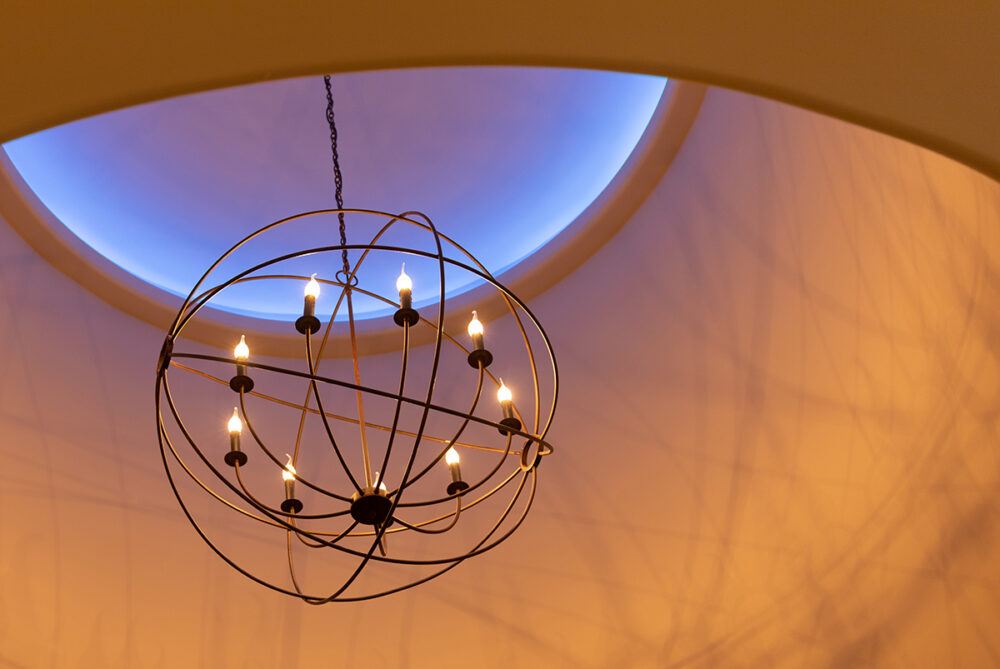Connectivity is a basic requirement for a new home. Whether it’s a cable or satellite service, Internet, or land-line telephone, having the basic infrastructure to support communication is essential. The wiring that is used for this connectivity is referred to as structured cabling and uses two basic types of cable.
The first, and likely the cable that most people are familiar with, is coaxial cable or coax. This is the wire that is used for cable or satellite television. It can also be used for distributing an antenna signal to televisions for those who want to take advantage of the free over-the-air broadcasts.
The second type of wire that’s used for structured cabling is data cable. This generally has either a Cat5e or Cat6 rating in residential applications. The difference between a Cat5e and Cat6 cable is the bandwidth that the cable can carry. A convenient way to understand bandwidth is to imagine a pipe coming into your home. A larger pipe can deliver water at a faster rate; higher bandwidth means the cable can deliver data at a faster rate.
All homes that HomeRun Electronics wires include service feeds for common service providers. This generally includes a coaxial cable for cable TV and Internet, a data cable for telephone or DSL service, and sometimes products that are designed for fiber to the home. Note that fiber to the home standards vary by region.
In addition to the standard service feeds, we also offer optional satellite and attic antenna prewires. These add support for these services while maintaining the standard feeds for Internet service. While we cannot equip your home with an antenna during the construction process, our Home Technology Designers can assist you with this service on a post-close basis through our Continuum Care program.
HomeRun Electronics recommends that at television locations a dual port consisting of a coax and a data cable be the minimum that is considered. This allows for television services delivered via coaxial cable as well as Internet-based streaming services. In some cases, we recommend that you consider adding an additional data port for high-demand areas like great rooms, rec rooms, or dedicated home theaters.
For areas where there are devices used with a television that are too large to hide behind the TV, we recommend a cable chase (or conduit) be installed inside the wall. In the case of a television above a fireplace, this allows for devices like a game console or a Blu-ray player to be placed beside the fireplace and the wires to the TV can be concealed inside the wall. A conduit is also recommended where a surround sound system is to be installed or when you may want to have a projection system.
As you are preparing for your meeting you are sure to have questions. We recommend making a list of those and asking your Home Technology Designer at your HomeRun electronics consultation. We have found that almost all of these questions can be answered at that time, and that most customers find our meeting process to be much easier than they initially thought.
(For more specific information on residential networks, click here)



